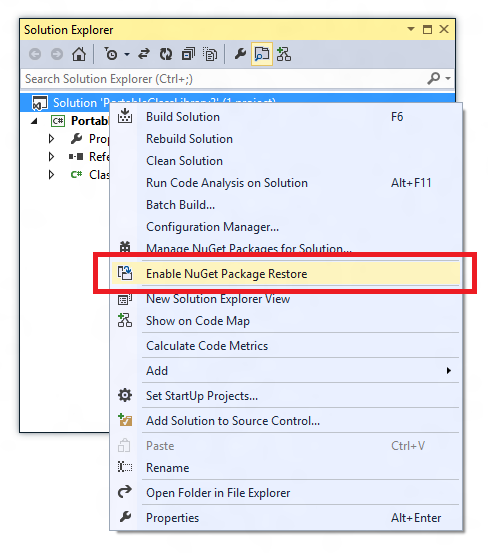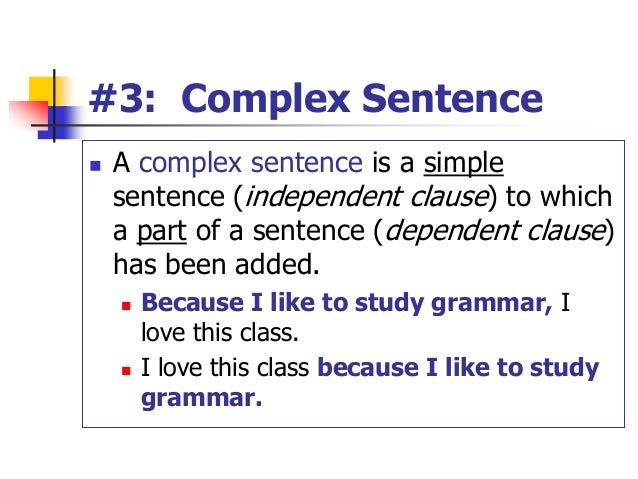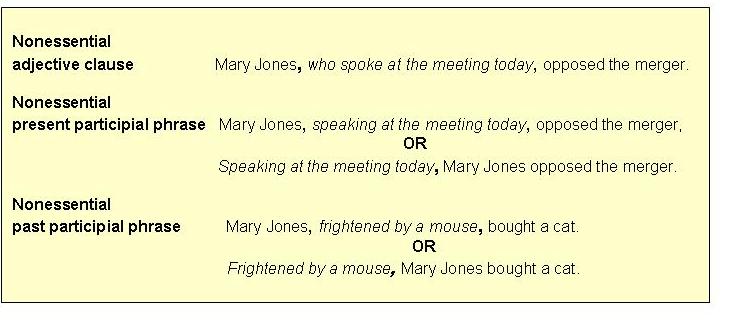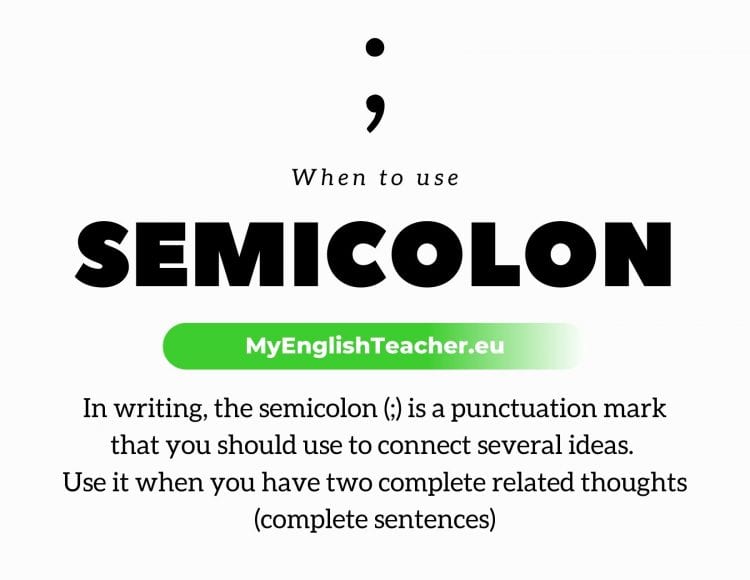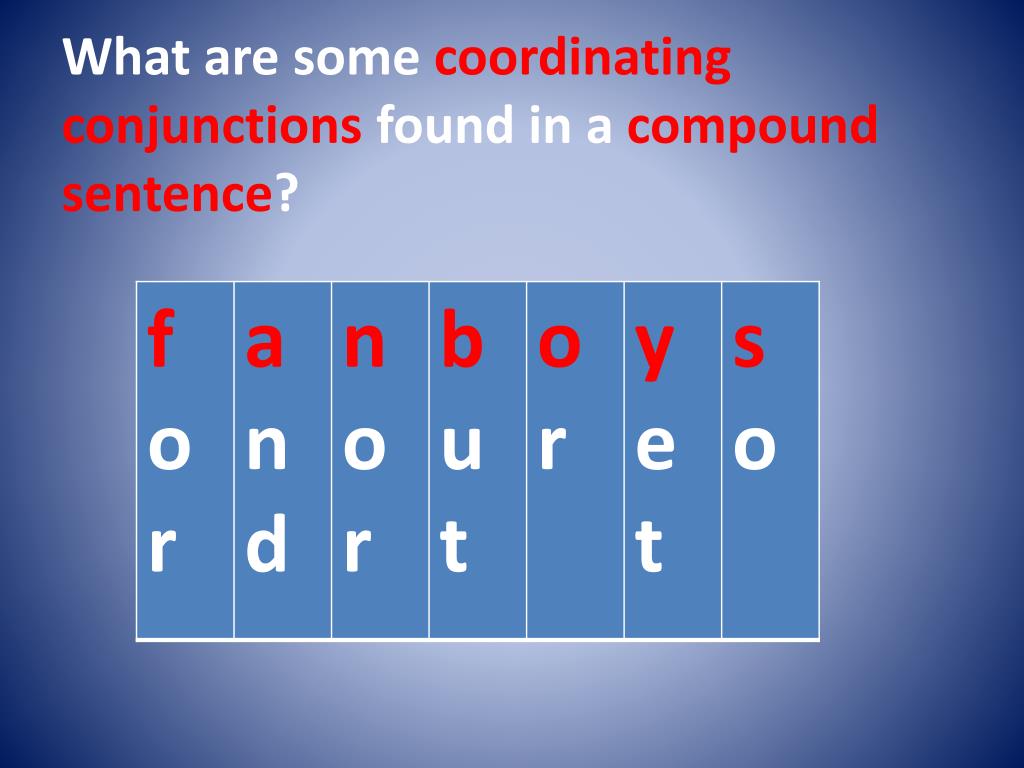I have a nuget package that want to remove it from my project and I also want to clear its local global cache from userprofile.nuget\package. According to the manage package document, I only could use "nuget locals global-packages -clear" command to clear all global caches, not a specific one. Otherwise, I need to navigate to the .nuget\packages path in file folder and delete it manually. Create and manage workspaces in Bitbucket Cloud A workspace contains projects and repositories.
Learn how to create a workspace, control access, and more.Set up and work on repositories in Bitbucket Cloud Whether you have no files or many, you'll want to create a repository. These topics will teach you everything about repositories.Build, test, and deploy with Pipelines Pipelines is an integrated CI/CD service built into Bitbucket. To find nuget packages folder, we can use this command dotnet nuget locals global-packages -l which allow us to set proper path programmatically. Error downloading nuget packages from nuget.org when jfrog artifactory configured behind nginx Load configuration files for the default server block.
Virtual using nuget.exe as client to download nuget packages jfrog. Maven has already been around for years, and the .Net space needed a package management solution. I find the VS integration quite polished and enjoyable to use. There are however several friction points I dislike. The most major of these is that there is no local cache or repository of packages created for you. I.e. when you download a package, it gets added to the particular solution only.
When you remove the package from a project, the package gets deleted from your hard disk. The current workflow requires you to re-download a package every time you add it in a new solution. This is a bit silly considering you may use the same package in many different projects and solutions at the same time.
One of the improvements that were introduced to NuGet a few years ago was the introduction of a global package cache. Instead of having a copy of every nuget package inside your project folder, all nuget packages are downloaded and stored once on a central location on your file system. Each package is fully expanded into a subfolder that matches the package identifier and version number. It shows the list of available packages per feed and the list of dependencies per current project. The Manage Packages window always opens with the Project Dependencies list. You should now be able to install packages into projects from your local repository.
To check, open the Library Package Manager in VS. The Online section on the left hand should now contain both 'Nuget official package source' and 'Local'. Click on Local and you'll see the list of locally installed packages. List all package caches on your computerFortunately there's a simple way to clear these caches. Just open a terminal and run dotnet nuget locals all --clear. After running this command the next restore will go online to fetch the packages. I accidentally clicked the "Clear Package Cache" button in the settings and it wiped out my cache file.
NuGet still thinks a bunch of packages are installed, but somehow all the references in my project got removed. How can I re-install the NuGet packages and the refrences? The package manager thinks the packages are installed and won't let me install them again.
To promote a cleaner development environment and to reduce repository size, NuGet Package Restore installs all of a project's dependencies listed in either the project file or packages. NET Core 2.0+ dotnet build and dotnet run commands do an automatic package restore. Gradle supports a local and a remote build cache that can be configured separately. When both build caches are enabled, Gradle tries to load build outputs from the local build cache first, and then tries the remote build cache if no build outputs are found. If outputs are found in the remote cache, they are also stored in the local cache, so next time they will be found locally. Gradle stores ("pushes") build outputs in any build cache that is enabled and has BuildCache.isPush() set to true.
To configure cache task we need also packages location. Following this documentation you can assume that NuGet downloads packages to $(Pipeline.Workspace)/.nuget/packages. But this is wrong or some configuration part is missing like overriding default location for global-packages. If you list $(Pipeline.Workspace) you will find that there is no NuGet folder.
What I require, , is to download the packages to an isolated repository on my own machine, and then install packages into projects/solutions from the local repository . All you need is a one or two Powershell commands, and some minor fiddling with the VS package manager. If you used the login command to configure your NuGet configuration, the source name is domain_name/repo_name.
This will modify the user-level NuGet configuration which is located at %appdata%\NuGet\NuGet.Config for Windows and ~/.config/NuGet/NuGet.Config or ~/.nuget/NuGet/NuGet.Config for Mac/Linux. For more information about NuGet configurations, see Common NuGet configurations. Bower Conan Conda CRAN Go Gradle Ivy Maven Nuget and SBT.
Tab of the NuGet window, Rider lists all NuGet configuration files discovered on your machine. You can add, remove, or edit package sources for the selected config file on the right panel, or click these files to open them in the editor. The SDK dotnet restore command retrieves the packages needed to build a project. To override the default of using nuget.org, we can use a NuGet.config file or specify the --source argument to the restore command. Before we configure cache task we need to lock dependencies to create packages.lock.json file as we need that file to set a proper key for the cache. To do that we need to set MSBuild property RestorePackagesWithLockFile for a project.
Use ReSharper or similar code analysis tool to identify any unused references in your projects and uninstall the nuget in the corresponding projects. Sometimes uninstalled nugets still linger in the Installed packages and Updates lists in the Manage NuGet Packages dialog. If a job fetches data at any point, it is likely that you can make use of caching.
The most important dependencies to cache during a job are the libraries on which your project depends. For example, cache the libraries that are installed with pip in Python or npm for Node.js. The various language dependency managers, for example npm or pip, each have their own paths where dependencies are installed. See our Language guides and demo projects for the specifics for your stack. When a package is requested, the NuGet client caches which versions of that package exists. Because of this behavior, an install may fail for a package that was requested before it was available.
After you create a repository and configure the credential provider you can use the nuget or dotnet CLI tools to install and publish packages. For more information, see Consume NuGet packages from CodeArtifact and Publish NuGet packages to CodeArtifact. The built-in local build cache, DirectoryBuildCache, uses a directory to store build cache artifacts. By default, this directory resides in the Gradle user home directory, but its location is configurable. Most commonly I've seen self hosted ProGet feeds or cloud hosted MyGet feeds to distribute "nightly builds" alongside the official NuGet gallery.
However, GitHub's relatively new Packages feature makes an attractive alternative. Now whenever you run an apk command that pulls a new package from a remote repository, the package is stored on your local media. On startup, Alpine Linux will check the local cache for new packages, and will install them if available. Even though we will prompt to download packages to the cache if missing, we recommend users do not remove the package cache. Binary caching is a vcpkg feature that saves copies of library binaries in a shared location that can be accessed by vcpkg for future installs. This means that, as a user, you should only need to build dependencies from source once.
If vcpkg is asked to install the same library with the same build configuration in the future, it will just copy the built binaries from the cache and finish the operation in seconds. The location of the default global packages folder. Make note of the use of a checksum in the cache key. This is used to calculate when a specific dependency-management file (such as a package.json or requirements.txt in this case) changes, and so the cache will be updated accordingly.
In the above example, the restore_cache example uses interpolation to put dynamic values into the cache-key, allowing more control in what exactly constitutes the need to update a cache. Use the cache to store data that makes your job faster, but, in the case of a cache miss or zero cache restore, the job still runs successfully. For example, you might cache NPM package directories .
The first time your job runs, it downloads all your dependencies, caches them, and the cache is used to speed up your job the next time it is run. During the restore I see that some of the packages are skipped with the in the NuGet cache directory but it does exist as a target in the assets files. The number of dependencies that I see on the build in artifactory does not. All configured caches are automatically used as additional source feeds. Even if a package gets removed from the central repositorypaket update will work.
The fact that it's now only found in the cache will be written to the paket.lock file. The local build cache is pre-configured to be a DirectoryBuildCache and enabled by default. The remote build cache can be configured by specifying the type of build cache to connect to (BuildCacheConfiguration.remote(java.lang.Class)). Since a task describes all of its inputs and outputs, Gradle can compute a build cache key that uniquely defines the task's outputs based on its inputs.
That build cache key is used to request previous outputs from a build cache or store new outputs in the build cache. If the previous build outputs have been already stored in the cache by someone else, e.g. your continuous integration server or other developers, you can avoid executing most tasks locally. A first feature using the build cache is task output caching. Essentially, task output caching leverages the same intelligence as up-to-date checks that Gradle uses to avoid work when a previous local build has already produced a set of task outputs. But instead of being limited to the previous build in the same workspace, task output caching allows Gradle to reuse task outputs from any earlier build in any location on the local machine. When using a shared build cache for task output caching this even works across developer machines and build agents.
Npm ci is meant to use in automated environments as CI builds. It may speed up your build but details strongly dependents on how many modules do you have in your dependencies. It is more strict than npm install and thus may help us keeping consistency in our code. But if you want to add/remove/change a module npm install is your choice.
If during the installation of an activity package the path gets corrupted, the installation doesn't complete. It is recommended to backup and then clear the content of the following local folders %userprofile%\.nuget\packages and %userprofile%\AppData\Local\UiPath\.cache. The apk tool does not have a subcommand to list manually-installed packages that do not have reverse dependencies. To get this information on a traditional system that is not using lbu, try this script.
Note that this approach will also list core packages like alpine-base that should not be removed. If you want to use embedded symbol packages but prevent symbol files from being downloaded with your package, you can update the settings in ProGet. From the manage feed page, navigate to Symbol Server settings and select the "strip symbol files" option. Sourcelink was created to enable anyone building NuGet libraries to provide source debugging for their users with little effort.
Instead of embedding information in the PDB, it uses the package's repository metadata element to locate code files in your web-based Git repository. To promote a cleaner development environment and to reduce repository size, NuGet Package Restore installs all of a project's dependencies listed in either the project file or packages. Package Restore makes sure that all a project's dependencies are available, without having to store them in source control. NUPKG extension contain source code packages that can be used to create development project components in a Microsoft Visual Studio environment that uses the NuGet extension. NUPKG files are based on NUSPEC files, which consist of sets of DLL libraries.
Make sure to remove local nuget.config files from the solution that contain information about Telerik packages. If you need to generate a new set of caches you can update the cache key, similar to the previous example. You might wish to do this if you have updated language or build management tool versions.
We recommend that you verify that the dependencies installation step succeeds before adding caching steps. Caching a failed dependency step will require you to change the cache key in order to avoid failed builds due to a bad cache. After you create a repository and configure authentication you can use the nuget, dotnet, or msbuild CLI clients to install and publish packages.
If you fail to download cache from nuget remote repository e.g. nuget gallery check the request.log to see if a request for the nuget package. The build cache configuration present for any included build is effectively ignored, in favour of the top level build's configuration. This also applies to any buildSrc projects of any included builds. With the following configuration, the local build cache will be used for storing build outputs while the local and the remote build cache will be used for retrieving build outputs. There are certain tasks that don't benefit from using the build cache. One example is a task that only moves data around the file system, like a Copy task.
You can signify that a task is not to be cached by adding the @DisableCachingByDefault annotation to it. You can also give a human-readable reason for not caching the task by default. The annotation can be used on its own, or together with @CacheableTask. We have focused on the use case where users have an organization-wide remote build cache that is populated regularly by continuous integration builds. Developers and other continuous integration agents should load cache entries from the remote build cache. We expect that developers will not be allowed to populate the remote build cache, and all continuous integration builds populate the build cache after running the clean task.
In this example the PROJECT_NAME variable must be set to MyProject. Don't worry, if the solution contains more helper projects. Everything will get built and tested by the script. The build job executes a dotnet build and dotnet test from the root level of the repository, which means that it will pick up all projects from the repo's .sln file. Not having to install extra utilities on a worker image means that the CI run doesn't have to waste extra time setting up additional tools.








